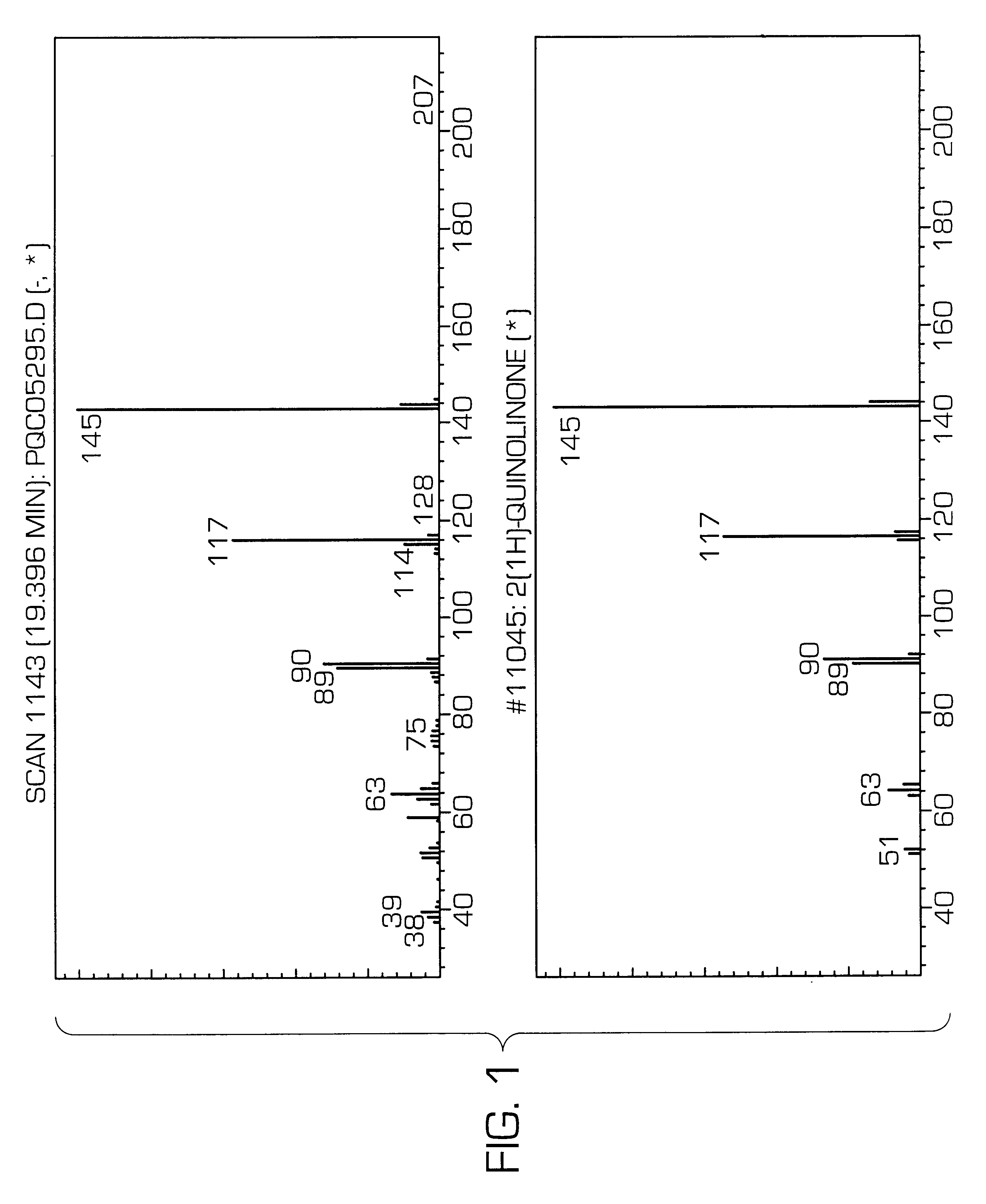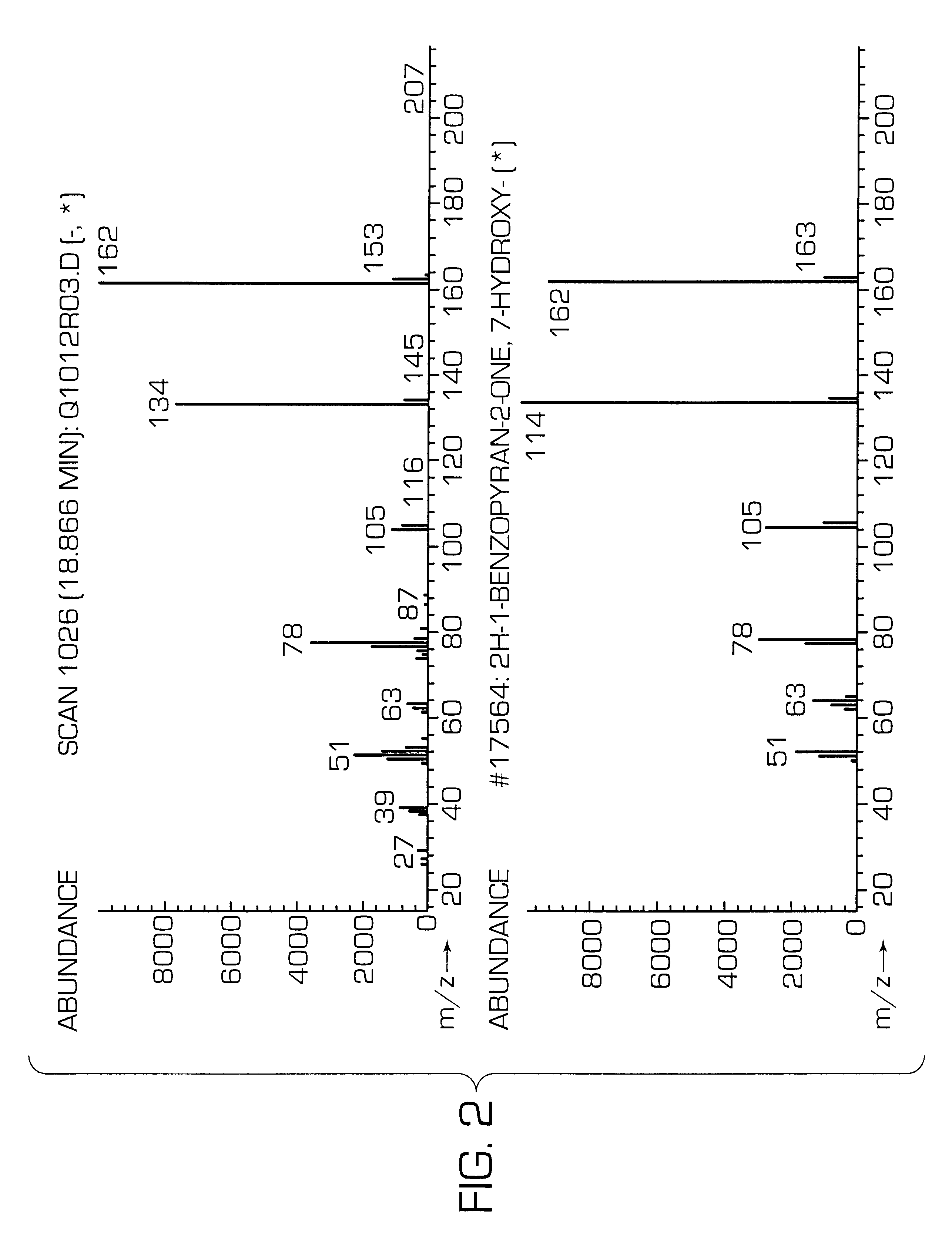Bacterial cleavage of only organic C-N bonds of carbonaceous materials to reduce nitrogen content
a carbonaceous material and organic c-n bond technology, applied in the field of bacterial cleavage of only organic c-n bonds of carbonaceous materials to reduce nitrogen content, can solve the problems of difficult technical challenge of selective removal of contaminants from petroleum while retaining fuel value, and the area of research has received very little attention
- Summary
- Abstract
- Description
- Claims
- Application Information
AI Technical Summary
Benefits of technology
Problems solved by technology
Method used
Image
Examples
Embodiment Construction
petroleum biodenitrogenation test according to the principles of the invention demonstrates the ability of Pseudomonas ayucida No PTA-806 to remove nitrogen from shale oil. Pseudomonas ayucida No PTA-806 was grown as described hereinbefore, using quinoline as a sole nitrogen source. Then duplicate washed concentrated cell suspensions were incubated with shale oil samples for 16 hours at 30.degree. C. The control sample consisted of shale oil added to sterile ModA medium which was incubated for 16 hours at 30.degree. C. After incubation the petroleum samples were recovered and analyzed. The results are listed in TABLE 2 below which indicate that pre-grown Pseudomonas ayucida No PTA-806 cells are capable of removing about 5% of the total organic nitrogen and about 68% of quinoline from shale oil during an overnight (16 hour) incubation. Results in Table 2 are reported as a percentage of the neat oil, except for the amount of quinoline which is reported as the area under the peak corre...
PUM
| Property | Measurement | Unit |
|---|---|---|
| temperature | aaaaa | aaaaa |
| temperature | aaaaa | aaaaa |
| temperature | aaaaa | aaaaa |
Abstract
Description
Claims
Application Information
 Login to View More
Login to View More - R&D
- Intellectual Property
- Life Sciences
- Materials
- Tech Scout
- Unparalleled Data Quality
- Higher Quality Content
- 60% Fewer Hallucinations
Browse by: Latest US Patents, China's latest patents, Technical Efficacy Thesaurus, Application Domain, Technology Topic, Popular Technical Reports.
© 2025 PatSnap. All rights reserved.Legal|Privacy policy|Modern Slavery Act Transparency Statement|Sitemap|About US| Contact US: help@patsnap.com



